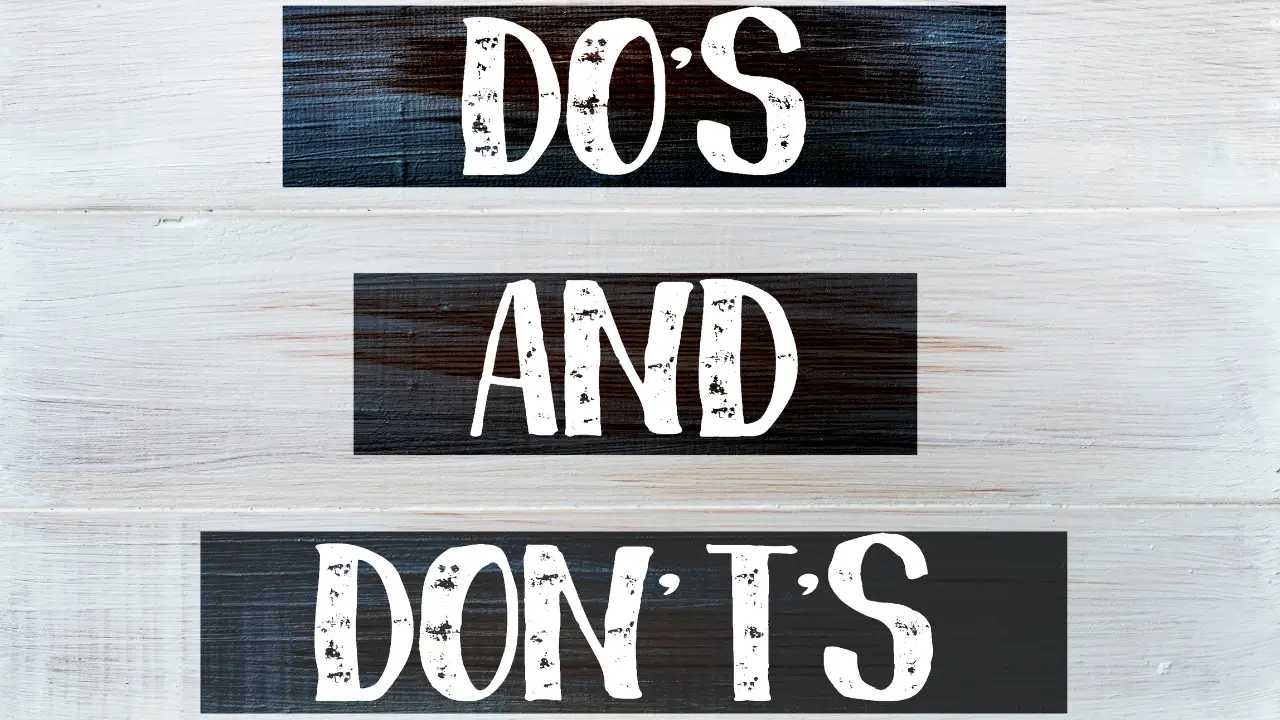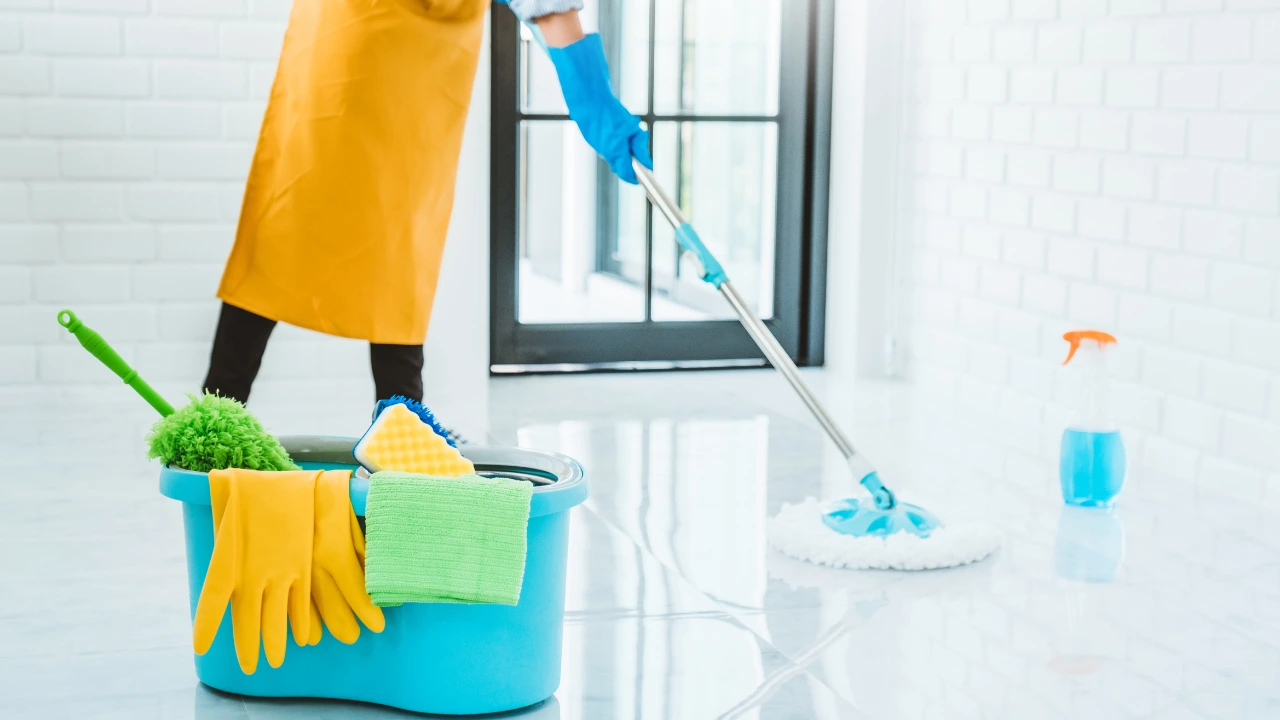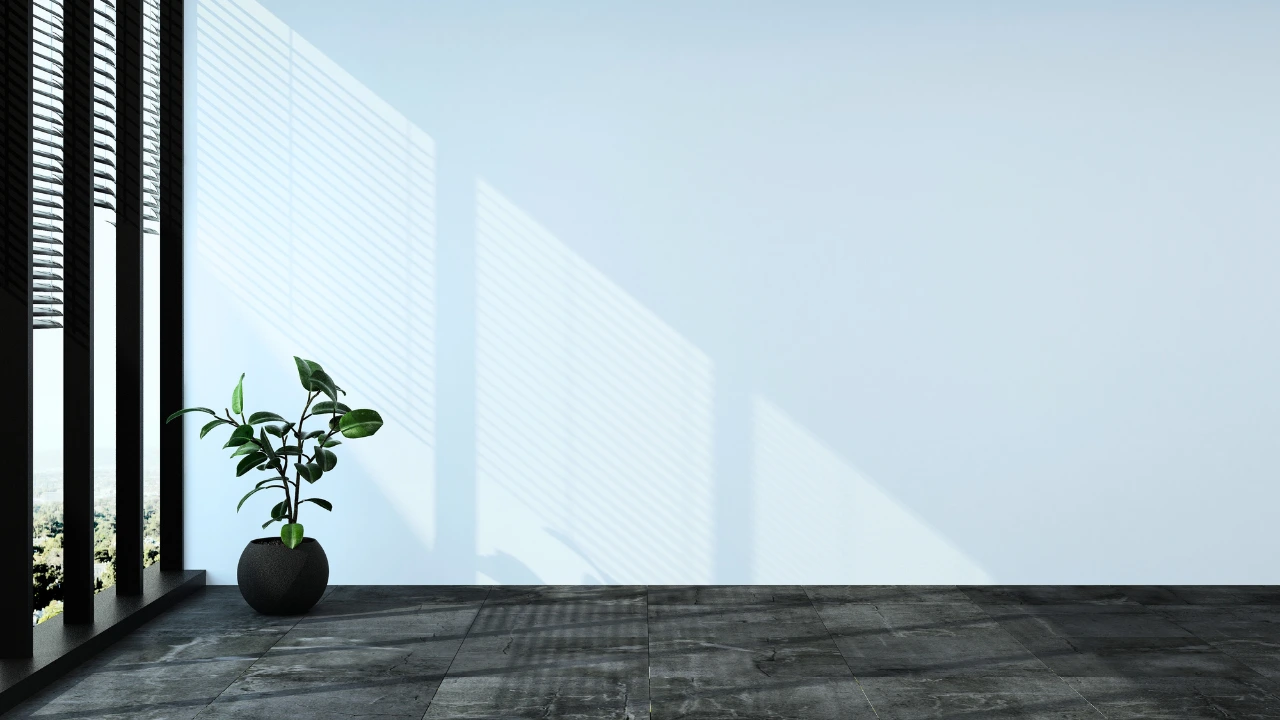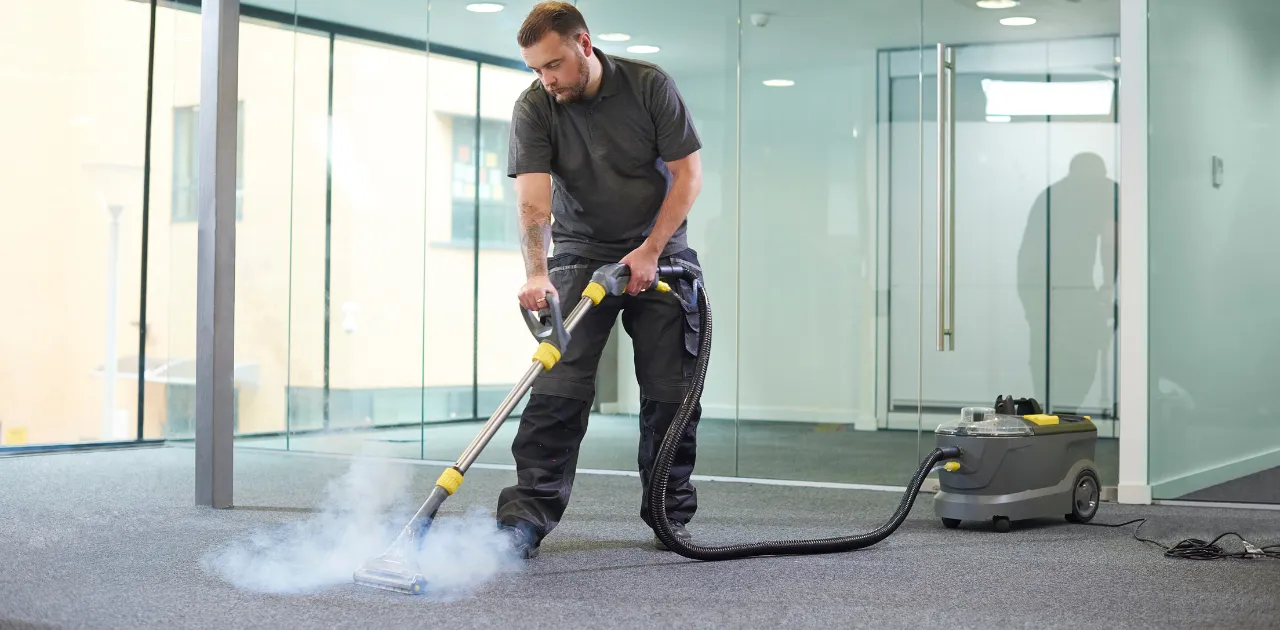When it comes to maintaining a clean and hygienic home, proper floor cleaning is essential, and many of us turn to bleach as a powerful disinfectant.
However, as with any cleaning product, it’s essential to understand how to use bleach safely and effectively, especially when cleaning our floors. A common question arises: “Can you add bleach to floor cleaner?” Well, yes, you can add bleach to the floor cleaner, but with caution and proper dilution.
In this blog, we’ll explore the dos and don’ts and the safety tips for cleaning the floor with bleach.
When is using bleach safe for floors?
Bleach is a powerful disinfectant but not a universal floor cleaner. While it can be effective in certain situations, using it incorrectly can damage surfaces and pose health risks. So, when exactly is using bleach safe for floors?
Safe floor types
-
Ceramic tile
Bleach is well-suited for non-porous ceramic tile, effectively killing germs and brightening white tiles.
-
Vinyl flooring
Bleach can safely disinfect and clean most vinyl flooring types, especially those with a glossy finish.
-
Linoleum
Like vinyl, linoleum’s non-porous nature allows for safe cleaning with diluted bleach.
-
Sealed concrete
Sealed concrete floors can handle bleach for occasional disinfection, but regular use can be harsh.
But bleach isn’t a universal floor cleaner. While bleach can be a potent cleaning agent, its safety for floors depends on several factors. Here’s when using bleach is generally safe for floors–
-
Dilution
Properly diluted bleach is less likely to cause damage to floors. Follow manufacturer instructions or use a recommended dilution ratio to ensure safety.
-
Tough Stains and Mold
Bleach effectively removes tough stains, mold, and mildew from floors, making it suitable for cleaning areas prone to moisture and mold growth.
-
Well-Ventilated Areas
Using bleach in well-ventilated areas reduces the risk of inhaling harmful fumes. Keep windows and doors open to make sure adequate ventilation during cleaning.
-
Testing
Before using bleach on a new surface or in a new area, it’s advisable to perform a spot test in an inconspicuous area to check for any adverse reactions.
Cleaning Floors with Bleach: Do’s and Don’ts

When using bleach to clean floors, following the dos and don’ts is crucial to ensure effective cleaning while minimizing risks. Here’s a guide to help you clean your floors with bleach safely and efficiently–
Dos:
- Dilute properly: Always dilute bleach according to manufacturer instructions or recommended dilution ratios. Using too much bleach can damage floors and pose health risks.
- Test in a Small Area: Before applying bleach to the entire floor, perform a spot test in a small, inconspicuous area to check for any adverse reactions or damage.
- Ventilation: Ensure adequate ventilation in the cleaning area by opening windows and doors. This helps to minimize exposure to bleach fumes and promotes air circulation.
- Use Protective Gear: Don’t forget to wear gloves and protective eyewear to prevent skin and eye irritation when handling bleach. Also, consider wearing a mask to avoid inhaling bleach fumes.
- Test in a Small Area: Before applying bleach to the entire floor, perform a spot test in an inconspicuous area to check for any adverse reactions or discoloration.
- Rinse Thoroughly: Rinse the floor thoroughly with clean water to remove any residue after cleaning with bleach. This helps to prevent damage and ensures a safe environment for pets and children.
Don’ts:
- Mix with Other Cleaners: Avoid mixing bleach with other cleaning products, as this can produce toxic fumes and pose serious health risks. Stick to using bleach on its own for floor cleaning.
- Use on Unsealed Wood: Bleach can damage unsealed or unfinished wood floors, causing discoloration and deterioration. Avoid using bleach on these types of floors.
- Leave Bleach Residue: After cleaning with bleach, rinse the floor thoroughly to remove any remaining bleach residue. Lingering bleach can cause damage and pose safety hazards.
- Overuse: Using bleach too frequently or in high concentrations can wear down the finish and integrity of floors over time. Use bleach sparingly and only when necessary.
- Overuse: Using bleach too frequently or in high concentrations can wear down the finish and integrity of floors over time. Use bleach sparingly and only when necessary.
How to Clean Floors with Bleach
Cleaning floors with bleach requires careful attention to detail and adherence to safety guidelines. Here’s a step-by-step guide to help you clean your floors effectively with bleach–
-
Prepare the Cleaning Solution
Fill a bucket with warm water. Add bleach to the water according to the recommended dilution ratio. Typically, a ratio of 1 cup of bleach per gallon of water is sufficient for most cleaning purposes.
-
Test in a Small Area
Before applying the bleach solution to the entire floor, perform a spot test in an inconspicuous area to check for any adverse reactions or discoloration.
-
Apply the Bleach Solution
Apply the bleach solution to the floor in manageable sections using a mop, sponge, or cloth. Ensure even coverage of the surface while avoiding puddling or excessive saturation.
-
Scrub and Clean
Use a scrub brush or mop to gently scrub the floor, focusing on areas with stubborn stains or dirt buildup. Work in small sections, frequently rinsing the brush or mopping in the bleach solution to maintain effectiveness.
-
Rinse Thoroughly
After cleaning, rinse the floor thoroughly with clean water to remove any remaining bleach residue. Use a separate mop or cloth dampened with water to wipe the floor and ensure complete rinsing.
-
Allow to dry
Use a separate mop or cloth dampened with water to wipe the floor and ensure complete rinsing.
-
Clean up
Clean and disinfect any tools or equipment used for cleaning with bleach. Rinse mop heads, brushes, and buckets thoroughly with water to remove bleach residue.
How Often Should I Use Bleach?

Determining how often to use bleach on your floors depends on household traffic, cleanliness standards, and specific needs. A monthly or as-needed application suffices for routine maintenance, with more frequent use in high-traffic or spill-prone areas.
However, While bleach boasts powerful disinfecting properties, frequent use isn’t recommended for several reasons. Consider alternative cleaning methods for routine maintenance and use bleach sparingly for disinfection or stain removal as needed.
Conclusion
In summary, while bleach can effectively clean and disinfect floors, it should be used cautiously. And to answer the question, “Can you add bleach to the floor cleaner?” the short answer is that it’s generally not recommended, as mixing bleach with other cleaners can create harmful fumes. So, it’s better to stick to using bleach on its own for floor cleaning and always prioritize safety.
FAQ
-
Is bleach good for mopping floors?
Bleach can effectively disinfect and remove stains from floors when used properly and in moderation. However, following safety guidelines and avoiding overuse is essential to prevent damage to floors and potential health risks.
-
What cleaner is safe to mix with bleach?
It’s generally not safe to mix bleach with other cleaners, as this can produce harmful fumes. Stick to using bleach on its own for cleaning purposes to ensure safety and effectiveness.
-
How long does bleach smell last?
The duration of bleach smell can vary depending on factors such as ventilation and concentration. Typically, the smell dissipates within a few hours to a day after cleaning. Ensure adequate ventilation to help speed up the process.






